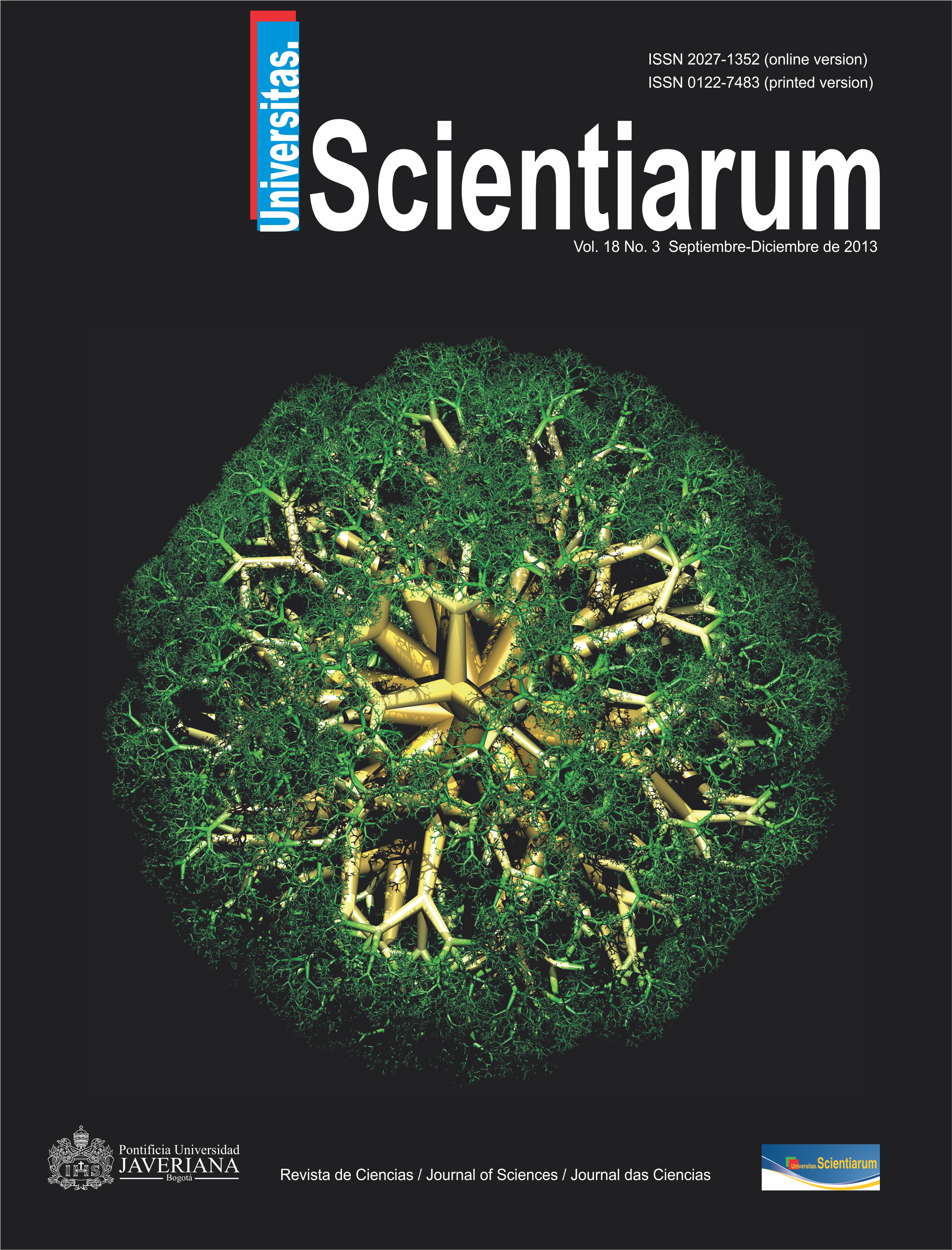Abstract
Agricultural production in the Colombian Orinoco is affected by the high aluminum content found in 4.5 million hectares. Genotypes of different species have acquired different levels of tolerance and signaling pathways through various mechanisms, making a single model impossible. Some of the molecules commonly involved in the tolerance response have already been identified. To identify candidate genes to produce aluminum-tolerant cultivars, we consulted scientific articles published between 1987 and 2013. We obtained data of aluminum-tolerant materials and molecular mechanisms for tolerance through reports of techniques using hybridization, mutation, molecular marker-assisted selection and gene transfer. We found several reports on wholly or partially characterized genes with potential use in genetic engineering and in marker assisted selection to obtain aluminum tolerant genotypes.
Univ. Sci. is registered under a Creative Commons Attribution 4.0 International Public License. Thus, this work may be reproduced, distributed, and publicly shared in digital format, as long as the names of the authors and Pontificia Universidad Javeriana are acknowledged. Others are allowed to quote, adapt, transform, auto-archive, republish, and create based on this material, for any purpose (even commercial ones), provided the authorship is duly acknowledged, a link to the original work is provided, and it is specified if changes have been made. Pontificia Universidad Javeriana does not hold the rights of published works and the authors are solely responsible for the contents of their works; they keep the moral, intellectual, privacy, and publicity rights. Approving the intervention of the work (review, copy-editing, translation, layout) and the following outreach, are granted through an use license and not through an assignment of rights. This means the journal and Pontificia Universidad Javeriana cannot be held responsible for any ethical malpractice by the authors. As a consequence of the protection granted by the use license, the journal is not required to publish recantations or modify information already published, unless the errata stems from the editorial management process. Publishing contents in this journal does not generate royalties for contributors.



